Immunology/Inflammation
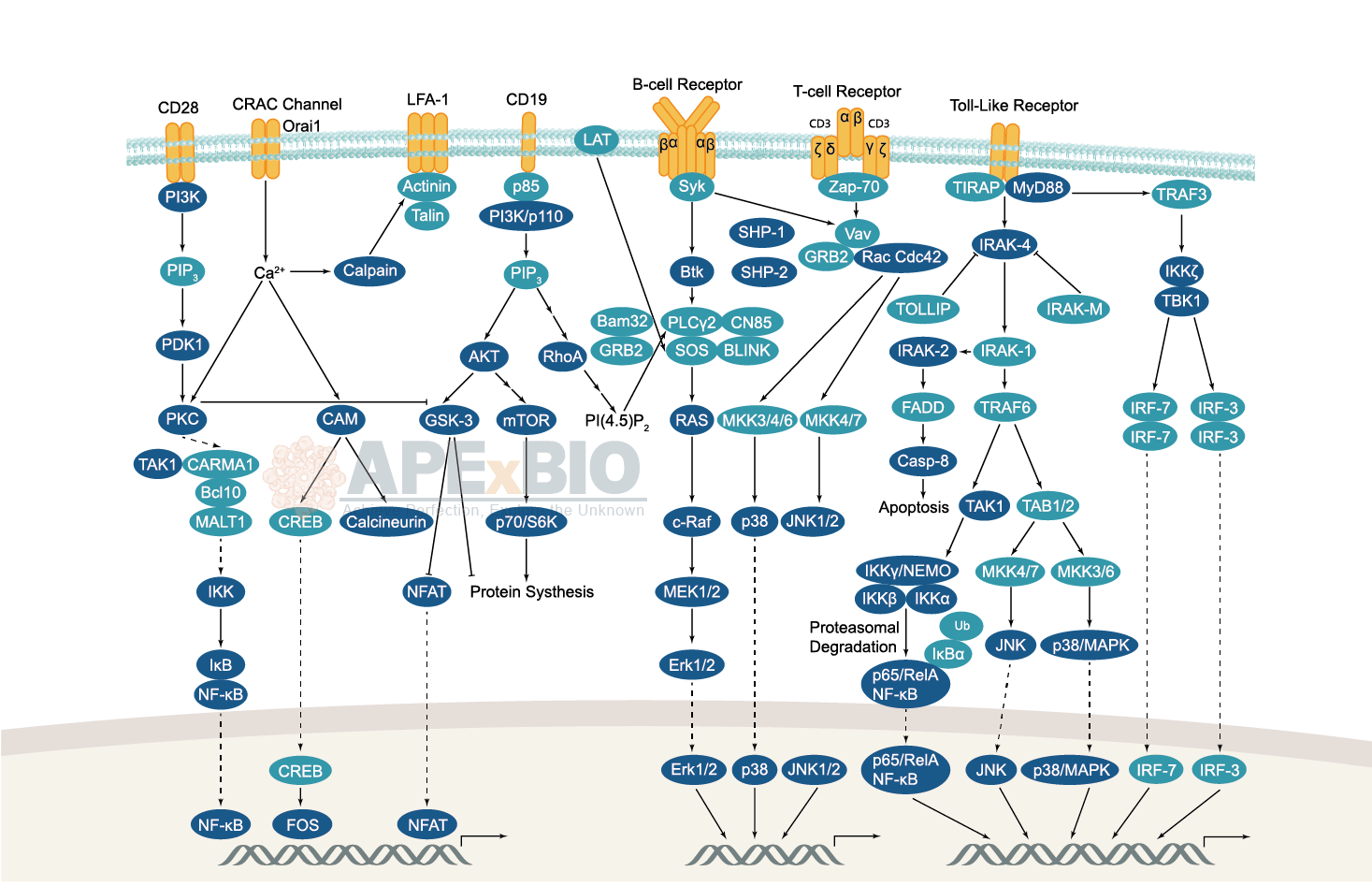
The adaptive immune system consists of B and T lymphocytes which mediate humoral immunity (e.g. antibody response) and cell-mediated immunity, respectively. B cell receptor and T cell receptor signaling is responsible for activation of Src family tyrosine kinases, such as Blk, Fyn, and Lyn in B cells and Fyn and Lck in T cells, resulting phosphorylation of the receptor-associated ITAM motifs. Phosphorylated ITAMs serve as the docking sites for Syk family tyrosine kinases, e.g. Syk in B cells and Zap-70 in T cells. Activated Syk kinases then propagate the signals via phosphorylation of downstream proteins. Furthermore, lymphocyte receptor signaling facilitates B and T cell development, differentiation, proliferation and survival.
-
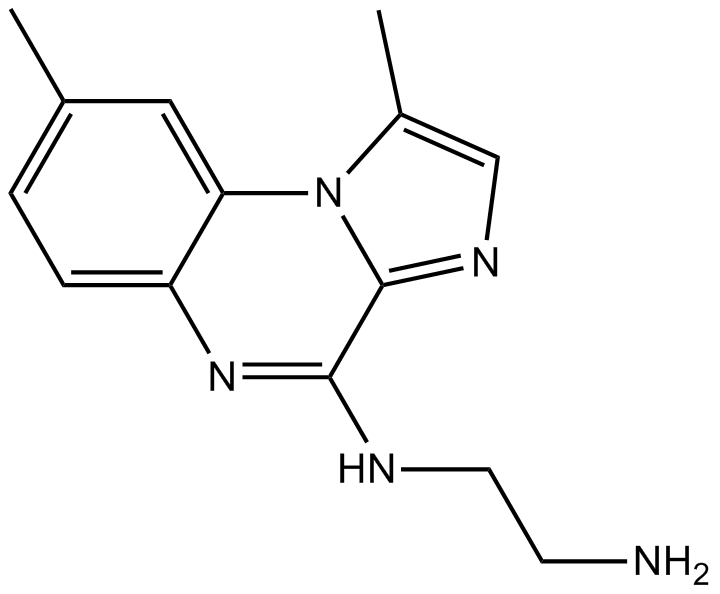 B4655 BMS-345541(free base)Summary: IKK-1/IKK-2 inhibitor,potent and selective
B4655 BMS-345541(free base)Summary: IKK-1/IKK-2 inhibitor,potent and selective -
 B7199 Withaferin A1 CitationSummary: Prevents NF-κB activation by inhibiting activation of IKKβ
B7199 Withaferin A1 CitationSummary: Prevents NF-κB activation by inhibiting activation of IKKβ -
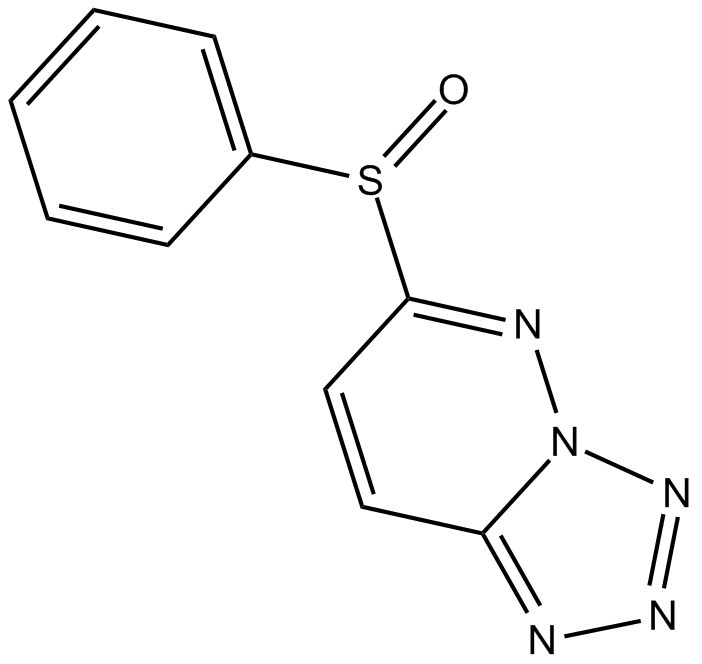 B6853 Ro 106-9920Summary: Inhibitor of NF-κB activation
B6853 Ro 106-9920Summary: Inhibitor of NF-κB activation -
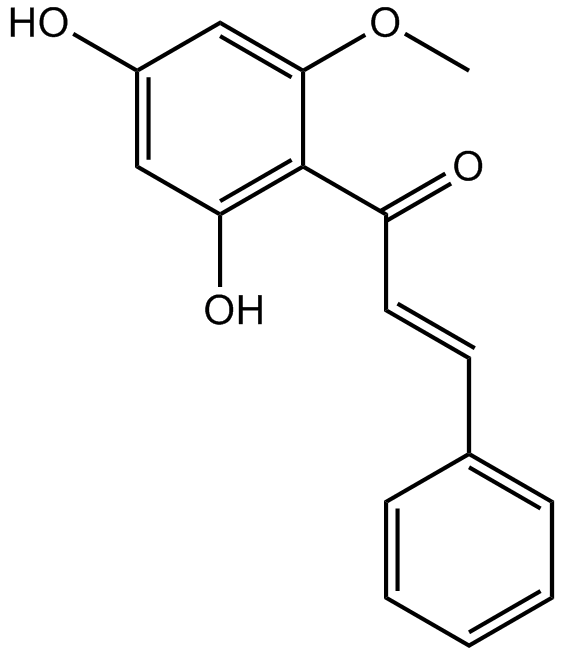 B7085 CardamoninSummary: NF-κB inhibitor
B7085 CardamoninSummary: NF-κB inhibitor -
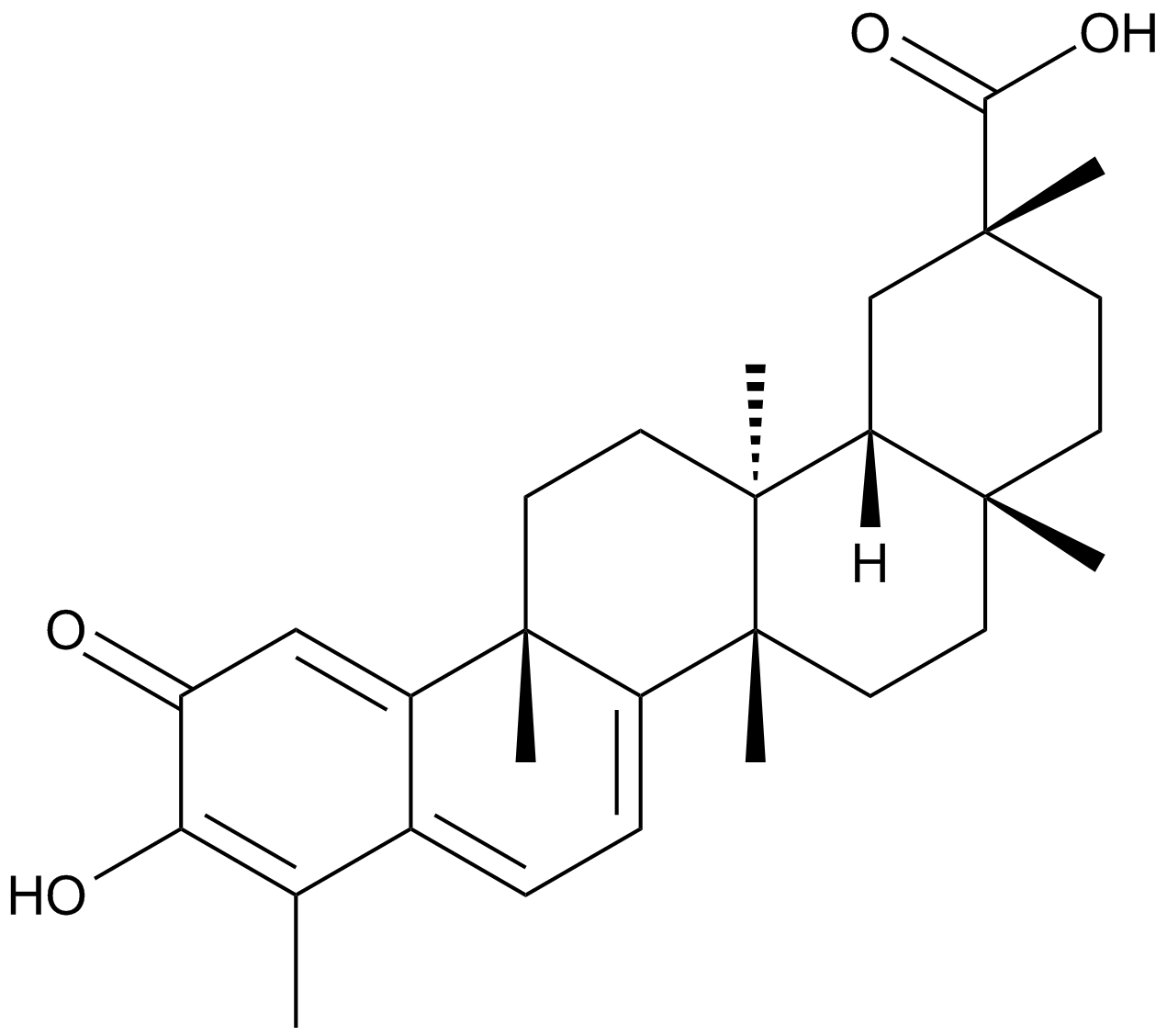 A2604 CelastrolTarget: ProteasomeSummary: Antioxidant, anti-inflammatory and immunosuppressive agent
A2604 CelastrolTarget: ProteasomeSummary: Antioxidant, anti-inflammatory and immunosuppressive agent -
 A4217 QNZ (EVP4593)2 CitationSummary: Potent NF-κB inhibitor
A4217 QNZ (EVP4593)2 CitationSummary: Potent NF-κB inhibitor -
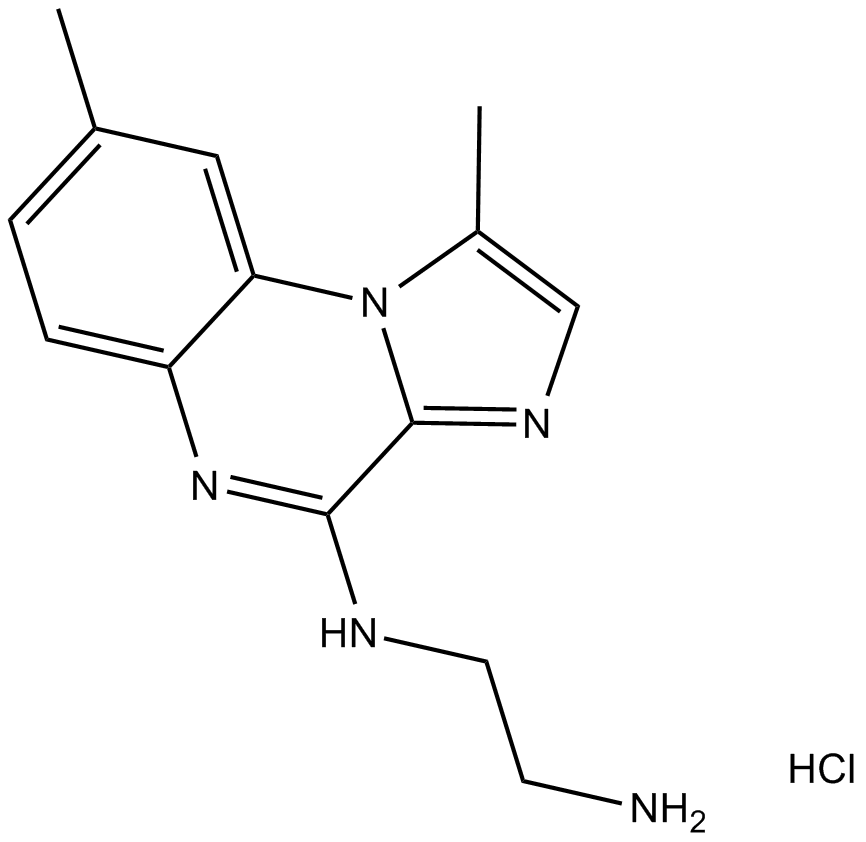 A3248 BMS345541 hydrochlorideTarget: IKKSummary: IKK inhibitor,highly selective
A3248 BMS345541 hydrochlorideTarget: IKKSummary: IKK inhibitor,highly selective -
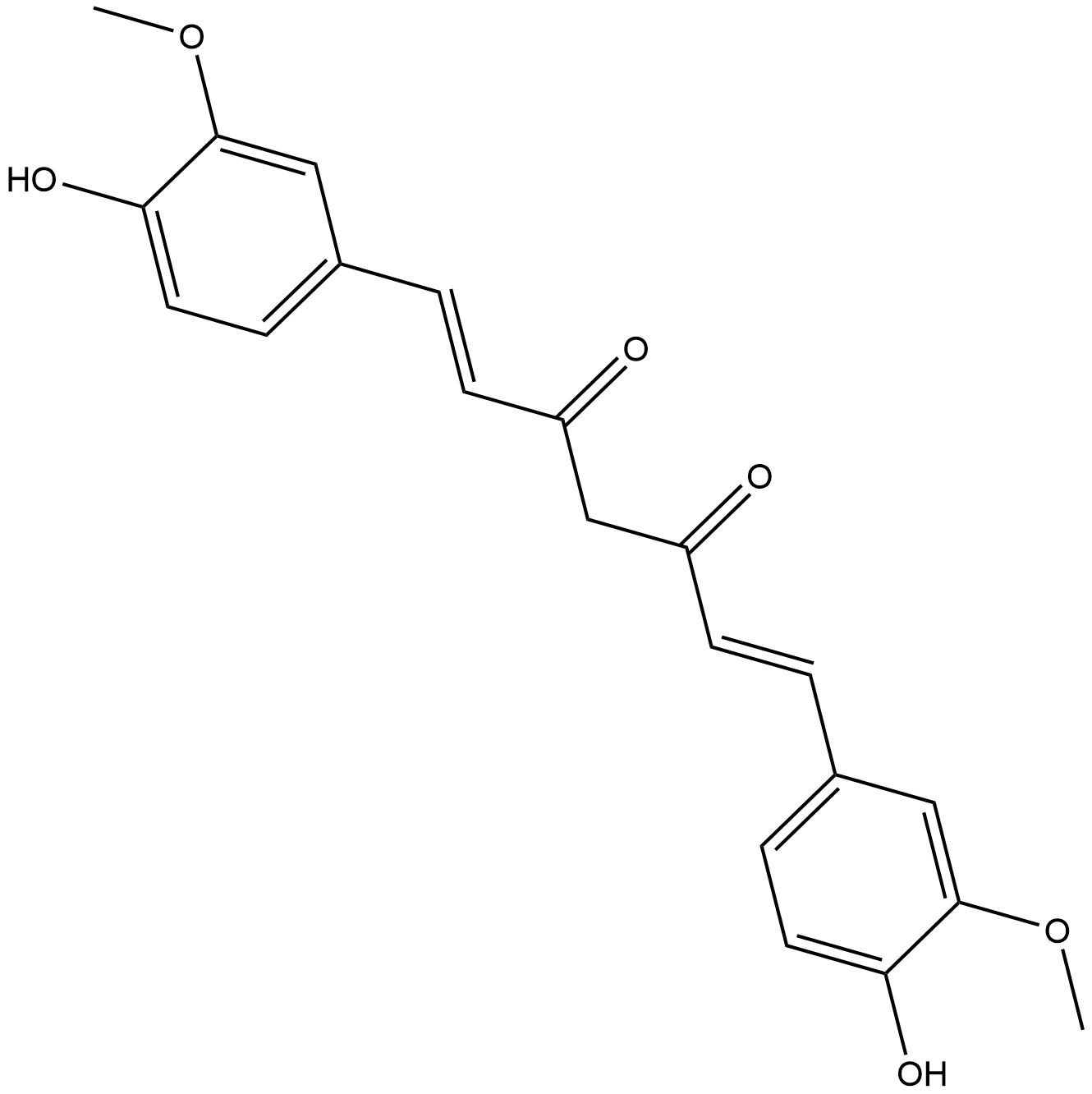 A3335 Curcumin1 CitationTarget: Histone Deacetylases (HDACs)|Nrf2|Histone Acetyltransferases (HATs)|TyrosinasesSummary: Tyrosinase inhibitor
A3335 Curcumin1 CitationTarget: Histone Deacetylases (HDACs)|Nrf2|Histone Acetyltransferases (HATs)|TyrosinasesSummary: Tyrosinase inhibitor -
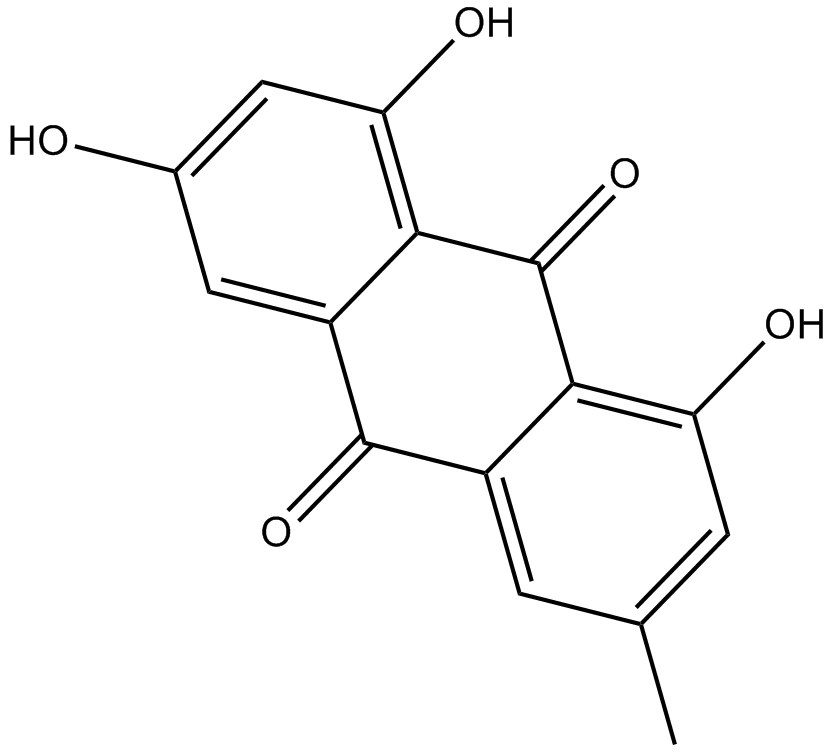 A3392 EmodinTarget: CK2Summary: Naturally occurring anthraquinone,antiproliferative
A3392 EmodinTarget: CK2Summary: Naturally occurring anthraquinone,antiproliferative -
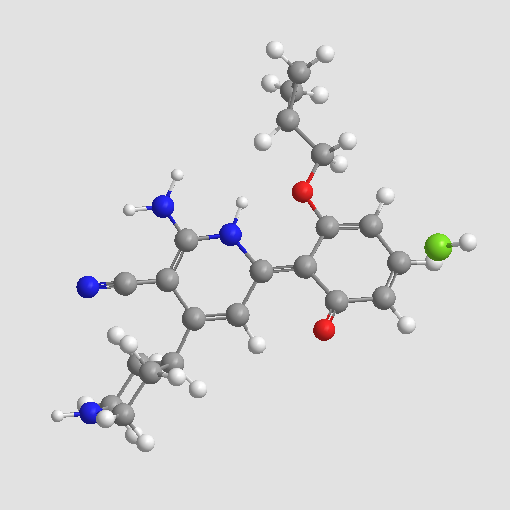 A3485 IKK-2 inhibitor VIIISummary: IKK-2 inhibitor,potent and selective
A3485 IKK-2 inhibitor VIIISummary: IKK-2 inhibitor,potent and selective

